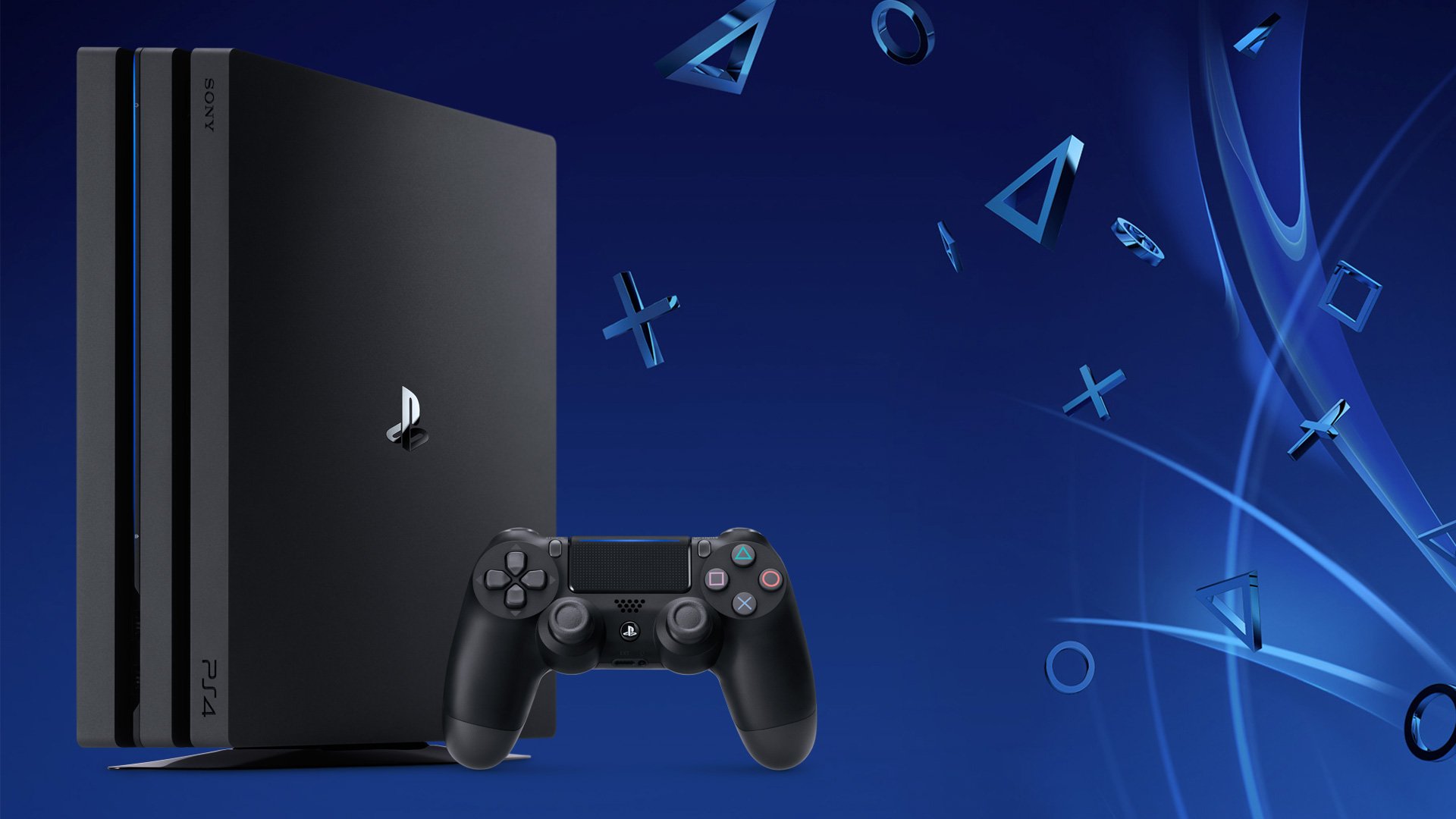Sony is gearing up for the PlayStation 4's eventual successor.
While development on the PlayStation 4's successor has likely been going on for years, Sony has officially confirmed that it's in the works. Here's everything we know about it so far.
What form will it take?
According to a report from the Financial Times, sources familiar with Sony's plans have stated that the future console "might not represent a major departure from the PS4, and that the fundamental architecture would be similar." Mark Cerny went on to confirm as much in his interview with Wired.
This indicates that Sony is not working on a streaming-only platform, though the future does look to be more streaming-friendly as internet speeds and connections improve around the world. PlayStation has even partnered with Microsoft to further its cloud gaming efforts.
Specs
PlayStation's Mark Cerny spoke exclusively with Wired to detail what fans can expect from the upcoming next-generation console. Though he did not refer to it as the PlayStation 5, it's a good bet that that will be its name.
Cerny is, of course, the lead architect on the PS4, so it makes sense that he would lead the design of the PS5. According to him, the CPU will be based on AMD's third-generation Ryzen line, with eight cores of the new 7nm Zen 2 microarchitecture. It will also apparently include a custom unit for 3D audio. The GPU, which is a custom variant of Radeon's Navi family, will support ray tracing, and this is a huge win for Sony. Ray tracing is a rendering technique that models how light travels and interacts with virtual objects. Wired notes that this is something Hollywood employs in big-budget movies, but it has not made its way to any video games consoles yet.
Ray tracing doesn't just deliver visual benefits, though, according to Cerny. "If you wanted to run tests to see if the player can hear certain audio sources or if the enemies can hear the players' footsteps, ray tracing is useful for that," he said. "It's all the same thing as taking a ray through the environment."
The crème de la crème is that the PS5 will come packed with an SSD as opposed to an HDD. SSDs are historically more powerful, faster, and make for a much better gaming experience. Cerny demonstrated what took 15 seconds to fast travel in Spider-Man on PS4 took only 0.8 seconds on a next-gen devkit. It will even support 8K graphics, though most people will likely have TVs that only deliver up to 4K resolution.
Backward compatibility
Both console lead architect Mark Cerny and PlayStation CEO Jim Ryan have stated that the next PlayStation will be backward compatible. Ryan even went so far as to see that the company plans to offer cross-generational play, where players can start a game on PS4, pick up where they left off on PS5, and hop back to PS4 if they wish.
"Whether it's backwards compatibility or the possibility of cross-generational play, we'll be able to transition that community to next-gen," Ryan said. "It won't be a binary choice about whether you have to be either on PlayStation 4 or next-gen to continue your friendship."
The Xbox One already has remarkable backward compatibility support, and it's something that PlayStation fans have been asking Sony for the past few years. If Sony wants to stay relevant, it's certainly the type of technology the company wants to invest in. It is unclear is Sony has a plan in place that allows players to access their digital PS4 library on PS5.
A patent has also led people to believe that the next PlayStation may offer backward compatibility with PS3, PS2, and even original PlayStation games. The patent appears to be for an emulation software that would allow the PS5 to mimic older consoles through the use of multiple processors.
Virtual reality compatibility
Though you shouldn't expect a new VR headset to launch alongside the PlayStation 5, Sony has big plans for virtual reality going forward. Sony Global Head of R&D for PlayStation Dominic Mallinson wants the next headset to be lighter, easier to put on, and have fewer cables. A fully wireless headset is difficult to put on the market right now because it would be more expensive for consumers, but he believes that is the way the market is trending.
Mallinson is excited about the possibilities of eye-tracking, and stated that he expects the resolution to almost double in future VR headsets, with FOV increased to over 120 degrees.
Mark Cerny has also said, "VR is very important to us and that the current PSVR headset is compatible with the new console."
What will it be named?
The likely answer is simple: PlayStation 5. However, Sony has declined to comment on an official name of any sort. For now, what we know that it will be the successor to the PS4.
There was some speculation that its codename internally at Sony is Erebus, following the naming conventions of Greek-themed codenames for some of the company's previous products, but an Epic employee struck this rumor down by stating that Erebus was simply their codename for the Switch version of Fortnite in Unreal Engine 4 before it was announced. Gizmodo reports that the console's devkit is dubbed "Prospero."
What will it cost?
Again, we don't know for sure, but it's safe to say likely over $400 given the technology that may be utilized and the prices of previous hardware.
When will it release?
The PlayStation 5 has no definitive launch date, but people are expecting it within the next few years. According to Mark Cerny, it won't be 2019, despite previous speculation.
Microsoft is planning to release the next-generation Xbox in 2020, so Sony will likely stick with a similar time frame.
Updated October, 2019: Added the latest information.

0 Response to "You Can See More: PlayStation's next console will have an SSD, feature ray tracing, and more"
Post a Comment